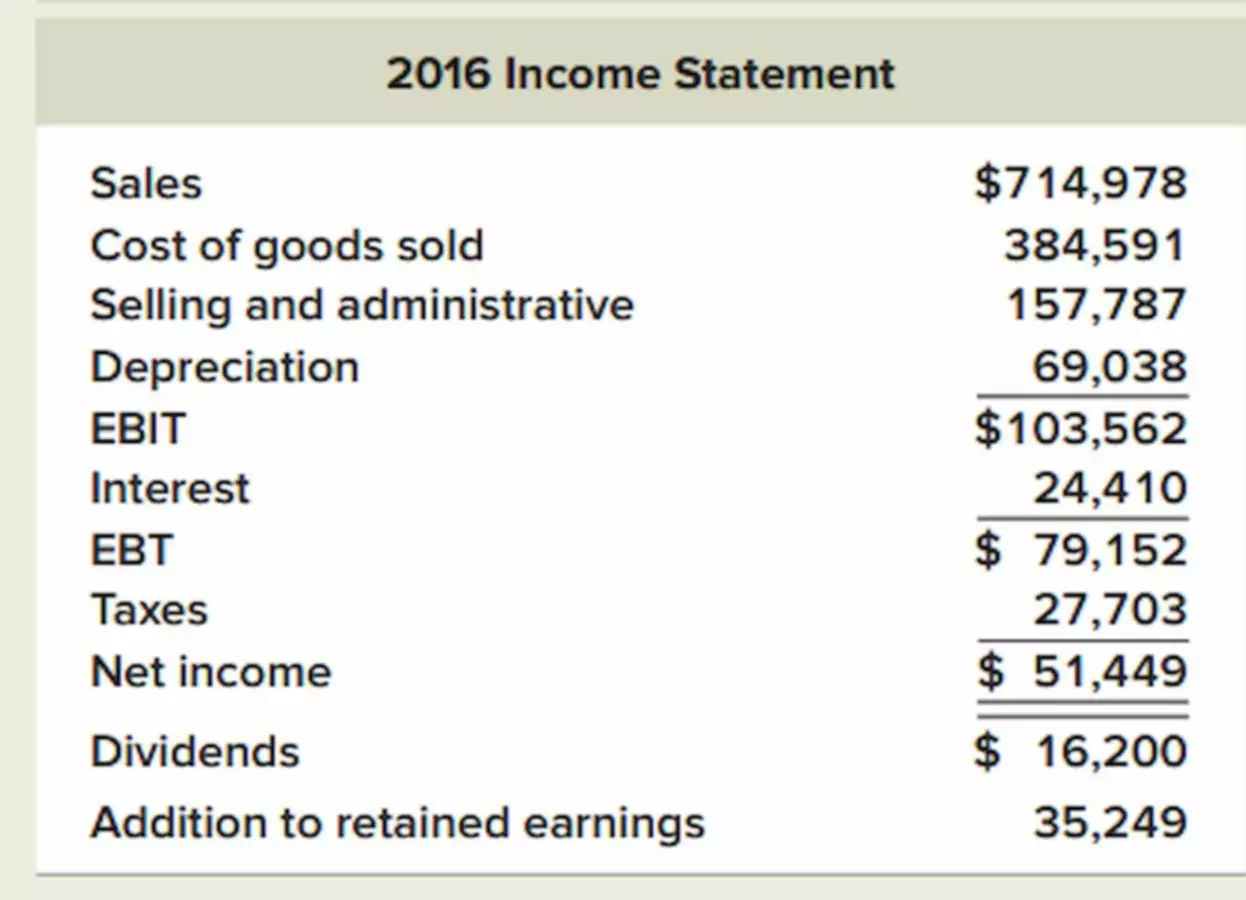3 Key Differences Between Semi-Monthly vs Bi-Weekly Payroll
Content
- Monthly pay periods
- Pay schedule differences for hourly employees
- How your payroll schedule determines what day is payday
- The difference between semimonthly and biweekly payroll
- Digital Black Friday Sales Top Forecasts Despite Inflation, Report Says
- Payday differences
- You don’t pay a cent until we’ve slashed your monthly bills

This $10/week also includes full HR Support, compliance, onboarding, hiring services, and handling of unemployment and workers comp claims. Further discussion into some of the advantages and disadvantages of employing a bi-weekly payroll schedule both from an employer’s and an employee’s perspective. Your employees work very hard for you and put in a lot of time and effort in the job given to them.

Paying your salaried workers biweekly is tricky when you have to stop and factor in leap years. Over the course of years, the extra day in a leap year will have to be accumulated and added onto an extra paycheck. In this case, 26 times a year payments will become 27 times, adding additional costs to payroll processing.
Monthly pay periods
State-based laws might restrict you to only certain types of pay schedules for your employees. Choosing the right pay schedule is a crucial decision for any organization, be it a large enterprise or SMB. It can determine the type of talent you attract and the long-term expenses you incur as a business. The right pay schedule will benefit both you and your employees. Lack of Certainty- Moreover, there is a lack of certainty for the employees regarding which date they are going to get paid. The holidays and weekends coming into the play also create confusion about the payday.
- Paying your salaried workers biweekly is tricky when you have to stop and factor in leap years.
- As noted, the first benefit holiday will occur on December 30th, 2022.
- Semi-monthly and bi-weekly sound like the same thing, but there are some key differences between these two payroll schedules.
- For months where additional planning was not put in place, a small business may not have sufficient funds for a three paycheck month compared to a two paycheck month.
From spending more than 30 years in the payroll business, we know there’s no single approach that works for everyone. There are advantages and disadvantages to different pay frequencies, and what’s https://www.bookstime.com/ easiest for you may not jive with your employees’ needs. To make sure you make an informed decision, here’s a breakdown of common pay periods, along with the pluses and minuses for each.
Pay schedule differences for hourly employees
To combat this, it may be beneficial to process payroll semimonthly for salaried employees and biweekly for hourly workers. When you pay employees semimonthly, you can count on paying the same amount to employees each month. The extra two paychecks for biweekly pay frequencies can biweekly vs semimonthly payroll set your business back if you don’t properly prepare for months with three paychecks. You will need to make sure you have enough money in your payroll account to cover the additional expenses. On this schedule, employers pay employees less frequently, and paydays are inconsistent.

This website provides general information related to the Zenefits services and related laws and best practices. This website and Zenefits employees do not provide legal advice.
How your payroll schedule determines what day is payday
The schedule when employees receive their paychecks and when you run payroll is also one of the differences between the two pay frequencies. Bi-weekly pay is the most common payroll schedule for businesses in the United States.
- The employee’s pay records will indicate a gross salary of $2,166.67 each semimonthly payday.
- Each offers advantages and disadvantages for employees and those who prepare the payroll.
- Before zeroing in on your pay schedule, here are some factors that you must consider while evaluating your options.
- Overtime pay is easier to calculate when you run payroll every two weeks.
- However, semimonthly payroll schedules also have their disadvantages.
- Biweekly pay, as explained above, means that you pay your employees once every two weeks on a specific day.
When discussing the semi-monthly vs bi-weekly payroll, it is important to check the pros and cons of the biweekly pay period as well. When it comes to Semi-Monthly payroll, new hires will typically need to wait 4-6 weeks before receiving their first paycheck. This depends on the day they started in comparison to the payment schedule. For example, if an organization pays based on the previous period like the 16th to the end of the month. Then, if an employee starts on the 1st, they wouldn’t be paid until the end of the month. Others may choose to pay for the hours worked currently until the 15th. Either way, the full paycheck will be delayed for many new employees on a semi-monthly payroll cycle.
If you have specific legal questions or concerns, we encourage you to discuss them with your legal advisor. Check out the payroll providers that integrate with BerniePortal to improve efficiencies. In July 2017, the first pay period would have 10 workdays and the second pay period would have 11 workdays.
- Reporting of time in TimeClock Plus is still required for non-exempt employees.
- If you have specific legal questions or concerns, we encourage you to discuss them with your legal advisor.
- But, before you can cut any checks, you first need to decide on a payroll schedule for your business.
- And you or your payroll manager will have to do so four or more times a month.
- Employees anticipate their hard-earned money on this day with plans already about how to spend it to manage their basic needs and more.


